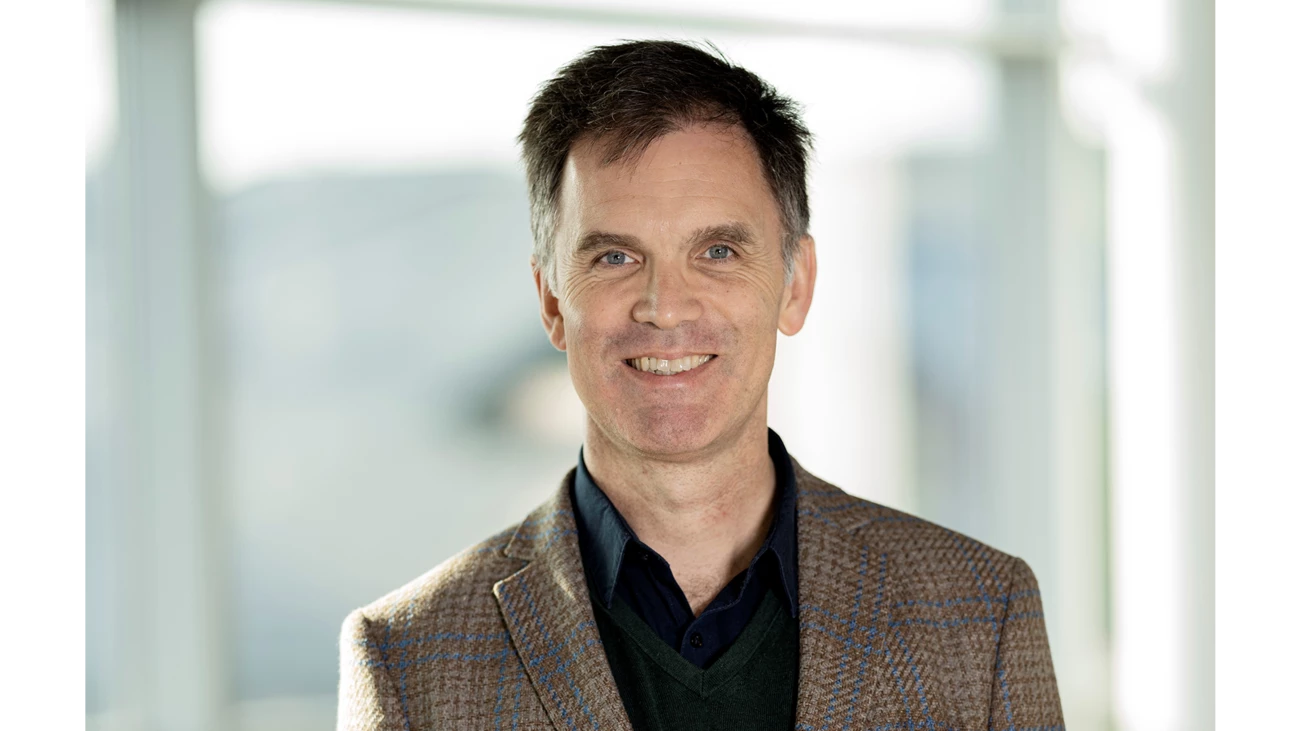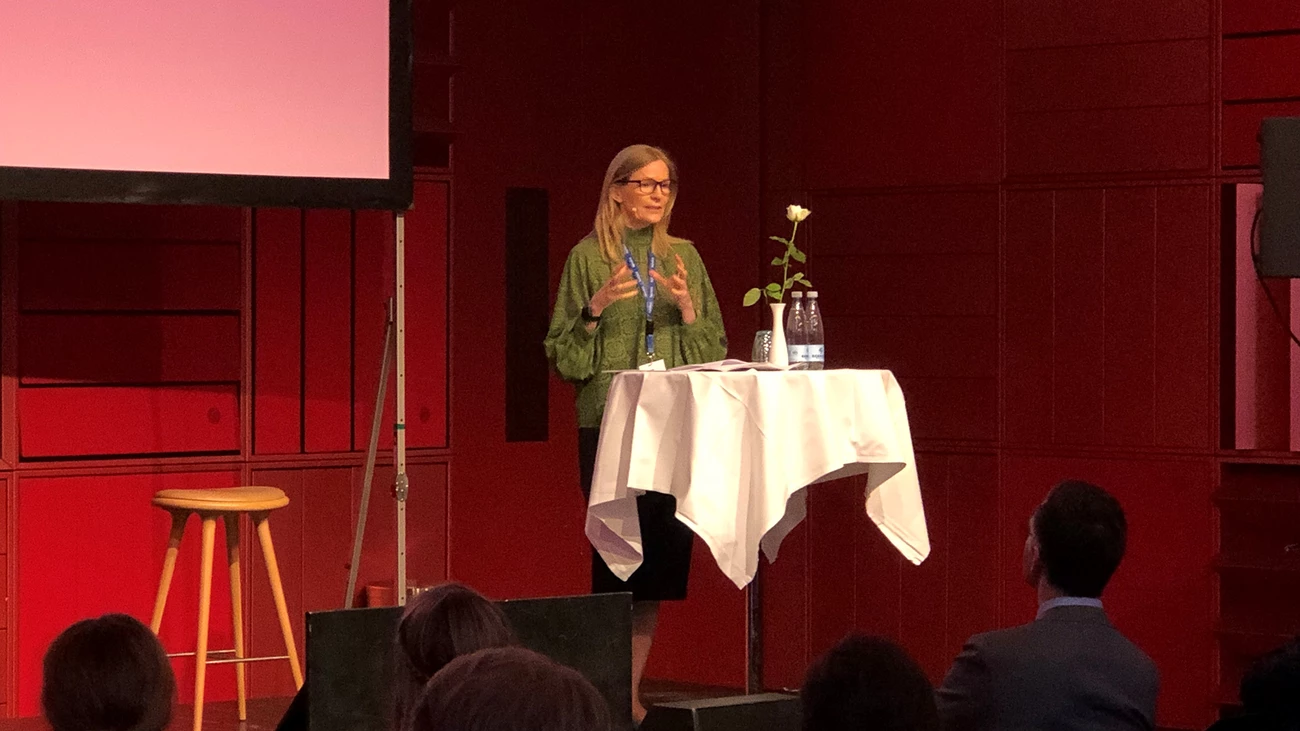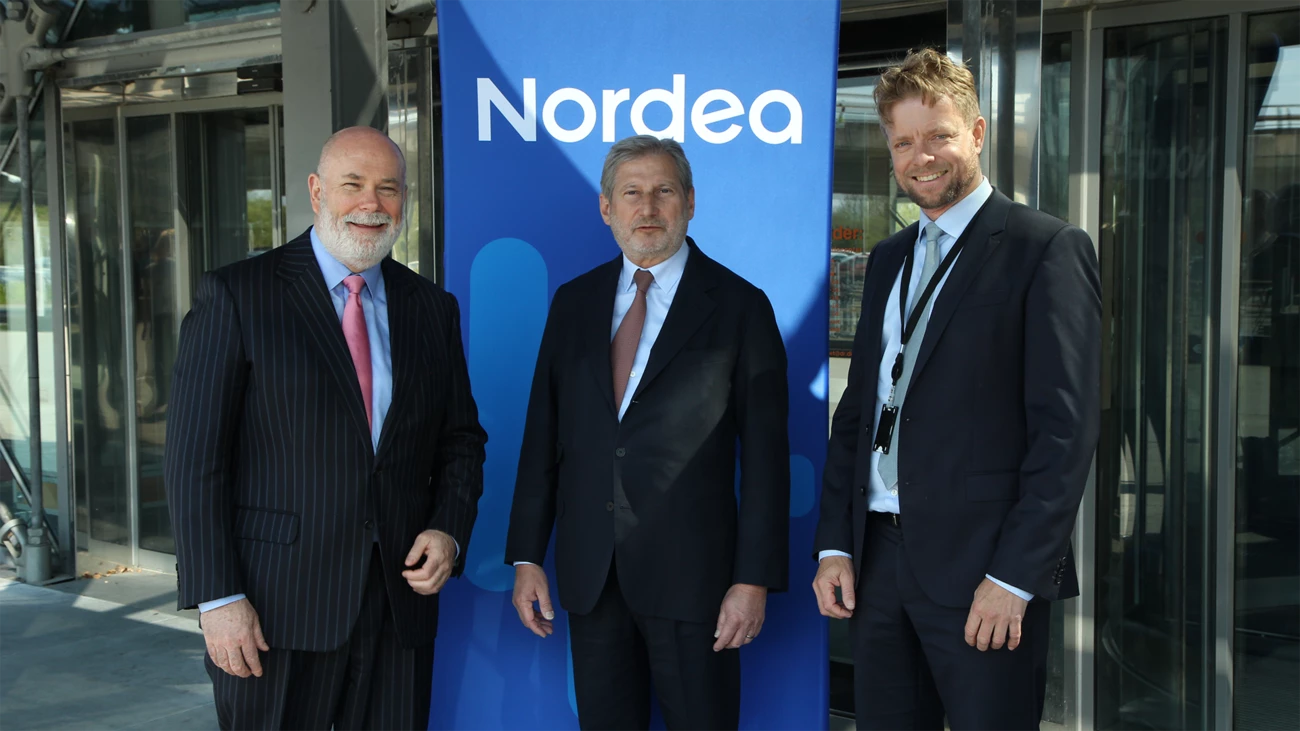The message at Nordea’s recent Nordic AAA Seminar was clear: The green transition demands substantial investment, and the financial sector has an indispensable role to play. The annual event brought together around 150 institutional investors and issuers from the Nordics and Europe to focus on the pressing theme of climate change and finance.
The urgent need for financing, action and implementation to combat climate change was a common refrain from the series of high-profile speakers, which included Peter Møllgaard, Chair of the Danish Council on Climate Change; Signe Krogstrup, Governor at Danmarks Nationalbank; and Johannes Hahn, European Commissioner for Budget and Administration.
Møllgaard stressed that the current pace and scale of climate action are insufficient to tackle climate change.
“Approaches need to be scaled up. We can go very far with existing technology, and it’s about time that we acted,” he said.
Large-scale investments needed
Denmark is known for its ambitious climate strategy, which includes reducing emissions by 70% in 2030 compared to 1990. In February, the Danish Council on Climate Change for the first time found that the Danish government had demonstrated a path to a 70% reduction by 2030. However, the Council also concluded that the path entails too many risks, especially when it comes to agriculture, carbon capture and storage and the effects of carbon taxation.
“Overall, there is a plan, but it appears to be too risky,” Møllgaard explained, also noting that Denmark’s strategy falls short of new targets set by the EU Commission.
He went on to highlight the investment opportunities, including new and more climate-friendly industries with globally scalable solutions, such as electric vehicles, lab-based protein, vertical farming and clean manufacturing.
“These new emerging industries must be financed. Large-scale investments are needed,” he said.






